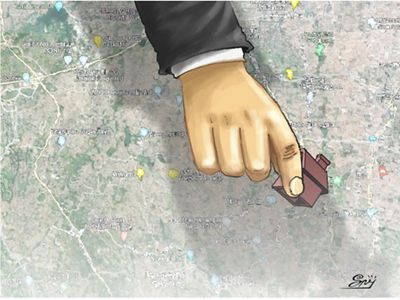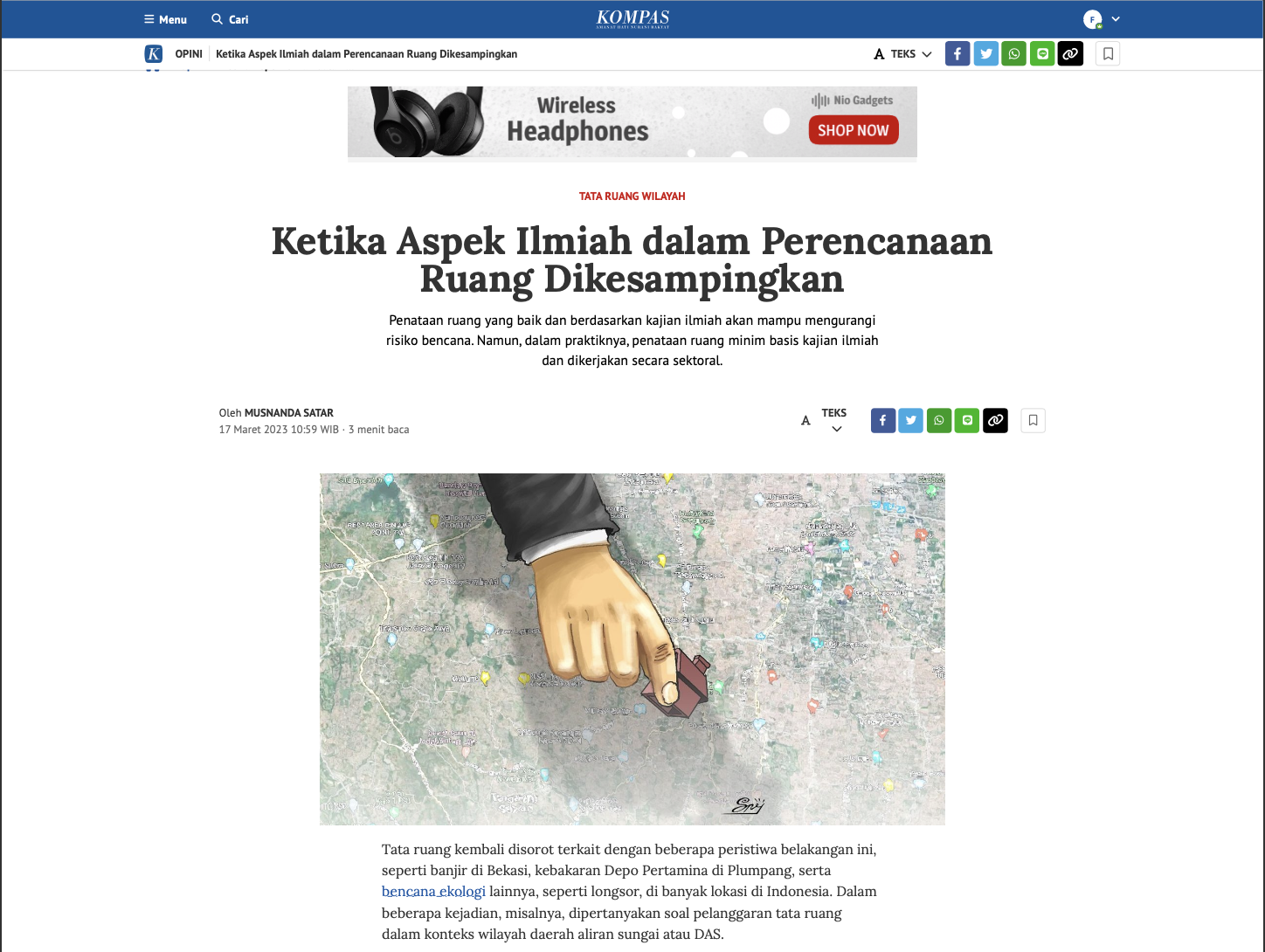
Urban planning includes land, land use, spatial morphology, distribution of data sources, and well-planned and managed social interactions. For example, one of the highlights of urban planning is the limited detailed planning product for urban areas in the form of a detailed spatial plan (RDTR). The RDTR provides direction on how the city design will be built. Urban planning is limited because it requires primary data and detailed, two-dimensional, and three-dimensional studies. After all, three-dimensional building planning also requires good planning.
Meanwhile, planning for non-urban areas has been highlighted concerning ecological disaster events. Several scientific studies have been carried out to mainstream ecological aspects in regional planning. One was a study by Allister Scott et al. in 2018 that recommended mainstreaming ecosystem science into planning practice. This can be done successfully with prerequisites, including political support, effective leadership, a social learning process, and a willingness to leave the existing planning comfort zone.

Download
-
 Editorial Opinion - Musnanda Satar
Editorial Opinion - Musnanda SatarWhen Scientific Aspects of Spatial Planning Are Overridden
Download


